1. Loft Bedrooms with Low Ceilings
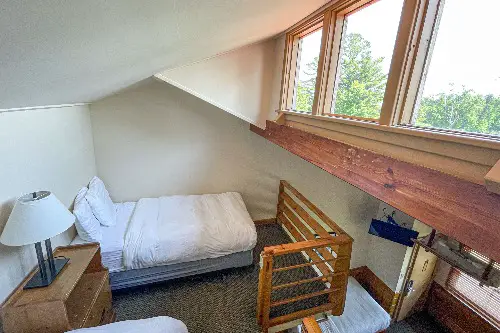
A cozy loft bedroom sounds dreamy in theory, but in practice, it can be a backbreaker. Most lofts in tiny homes have ceilings so low you can’t sit up straight, which makes activities like reading, working on a laptop, or even just changing clothes really frustrating. Many owners say climbing up and down a ladder multiple times a day gets old fast, especially at night when nature calls. It’s cute for photos but not always livable long-term.
Ventilation can also be a problem in lofts. Since heat rises, lofts tend to get stuffy and uncomfortably warm compared to the rest of the home. This often means adding an extra fan or mini AC unit, which eats up precious power and space. What seemed like a snug nook can quickly feel like a sauna.
2. Composting Toilets
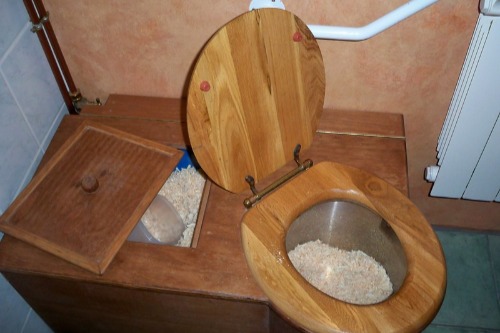
They promise eco-friendly living, but composting toilets are notorious for being high maintenance. They require frequent emptying and careful balancing of moisture to prevent smells, which can be a dealbreaker for some. In humid or cold climates, the composting process can be unpredictable and ineffective. While they reduce water use, they often add stress to daily routines.
The biggest issue many owners face is odor control. Even with good ventilation, small spaces magnify every smell, and not everyone wants to troubleshoot “compost ratios.” Plus, visitors may not be comfortable using them, creating awkward situations. What sounds sustainable on paper can turn into a household headache.
3. Murphy Beds
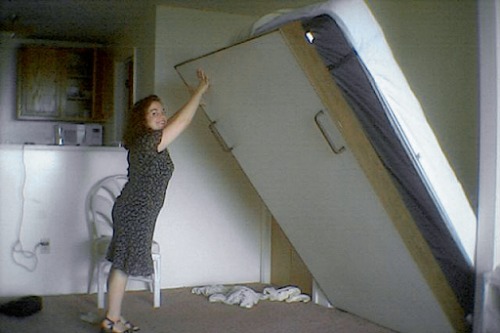
Murphy beds seem like a clever solution for saving space, but they come with hidden trade-offs. Folding and unfolding the bed every day becomes a chore that wears on you faster than you’d think. Many designs also require moving furniture around before lowering the bed, which cancels out the convenience. It’s not always as seamless as Instagram suggests.
Another issue is comfort. Murphy beds often use thinner mattresses that aren’t as supportive, leading to poor sleep quality over time. If you want to install a standard mattress, the bed frame can become bulkier and harder to lift. The “space-saving” feature ends up costing comfort and ease of use.
4. All-in-One Washer-Dryers

The idea of having laundry appliances in one small machine is appealing, but the reality is underwhelming. These units take hours to finish a single load and often don’t dry clothes fully. Owners frequently end up air-drying laundry anyway, which takes up even more space. For larger households, the slow cycle times just don’t keep up.
Another drawback is maintenance. These machines tend to break down more often than separate washers and dryers, and repairs can be costly. They also use a lot of water, which defeats the eco-friendly goal many tiny homeowners have. A laundromat trip suddenly doesn’t sound so bad.
5. Open Shelving Everywhere

Open shelves look stylish in photos, but in tiny homes, they quickly become clutter magnets. With limited storage, every dish, cup, and pantry item is on display, and it’s tough to keep them picture-perfect. Dust and grease from cooking also settle on open shelves faster than you’d expect. What looks airy ends up feeling messy.
It also makes the space visually overwhelming. Having no doors to hide everyday items can make the home feel smaller, not larger. Even minimalists end up craving a few closed cabinets to stash the not-so-pretty stuff. A balance of open and closed storage works much better in practice.
6. Tiny Wood Stoves
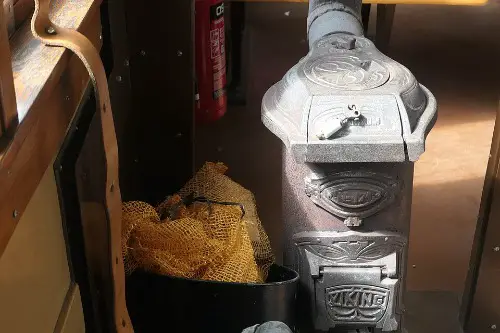
Wood stoves give off rustic charm, but they’re not always practical in tiny homes. They heat up fast, often too fast, making the space uncomfortably hot. Firewood storage takes up valuable room inside or outside, which can be tricky in urban or mobile setups. Plus, you have to constantly monitor the fire for safety.
Ventilation is another concern. Without proper airflow, wood smoke and ash can linger, which is a health risk in small spaces. Insurance costs may also rise because of the fire hazard. It’s more work than many tiny home owners are willing to commit to.
7. Convertible Dining Tables

Tables that fold into beds or collapse into storage benches look great in design videos, but daily use reveals their flaws. These setups often wobble or wear out faster than traditional furniture. Constantly folding, unfolding, and rearranging the furniture gets tedious. Meals can feel like a project instead of a simple routine.
Comfort also takes a hit. Convertible benches rarely have enough cushioning, making them uncomfortable for long dinners or working sessions. The mechanisms can break or loosen with frequent use, which is costly to repair. A simple, sturdy table often wins out in the long run.
8. Sliding Barn Doors
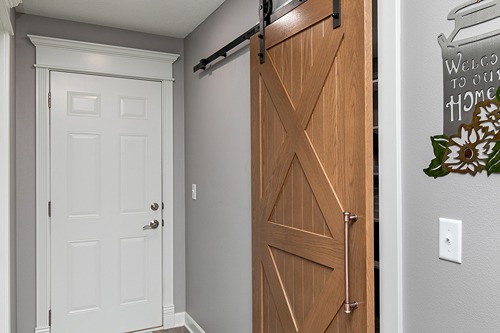
Barn doors are beloved in tiny home designs because they save floor space, but they’re not as practical as they seem. They don’t seal tightly, which means sound and smells easily pass through. In bathrooms, this can be especially awkward. Privacy is more important than style in these cases.
They also require clear wall space for sliding, which eats into your storage options. Shelving or hooks can’t be installed where the door needs to move. Over time, the sliding hardware may loosen or squeak, adding another annoyance. They’re charming but not always functional.
9. Excessive Multi-Use Furniture
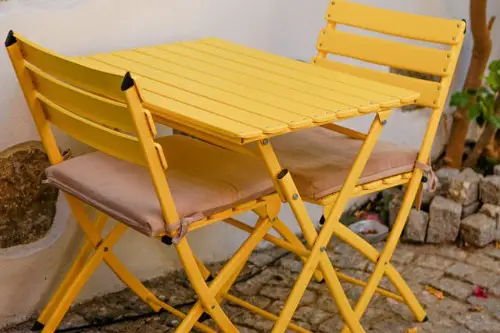
Having one piece of furniture serve five purposes sounds efficient, but in real life, it’s tiring. You constantly have to rearrange your setup to use the space for something different. That means more effort for daily routines like working, eating, or relaxing. The flexibility quickly becomes a burden.
Durability is also an issue. Furniture designed to do multiple things often compromises on sturdiness. Joints and hinges wear out faster, especially when they’re used several times a day. A few well-chosen, single-purpose items often serve better than one jack-of-all-trades piece.
10. Rooftop Decks
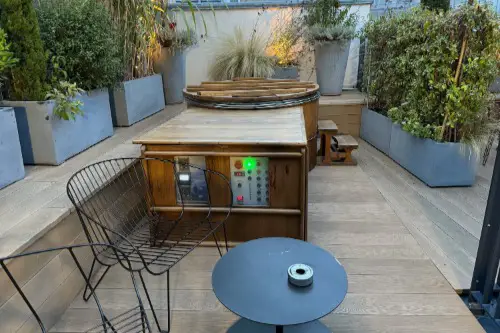
A rooftop deck on a tiny home looks like the ultimate luxury, but reality complicates it. Climbing up and down a ladder or steep stairs isn’t always safe or convenient, especially while carrying food or drinks. Weather also limits how often you can actually use it. Many decks end up being neglected after the novelty wears off.
Weight is another concern. Adding a deck and people standing on top requires extra structural reinforcement, which increases costs and reduces mobility. Roof leaks can also become a long-term maintenance problem. What starts as a fun idea often turns into an expensive hassle.
11. Wall-to-Wall Windows
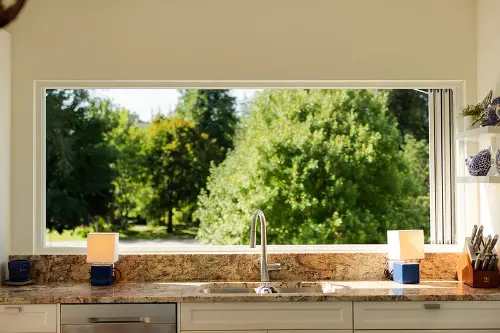
Maximizing light with huge windows makes sense for small spaces, but too much glass creates challenges. Privacy becomes a major issue since neighbors or passersby can see right inside. Window coverings add cost and clutter. Instead of feeling open, it can feel exposed.
There’s also the problem of insulation. Large windows let in heat during the summer and lose warmth in the winter, making temperature control harder. This increases energy usage, which defeats the eco-friendly intentions many tiny homes start with. A mix of window sizes usually works better.
12. Built-In Seating Everywhere

Designers love to squeeze built-in benches and nooks into every corner, but comfort suffers. These seats often lack proper cushioning or back support, making them uncomfortable for long use. Because they’re permanent, you can’t rearrange the layout if your needs change. It feels less flexible than traditional furniture.
Storage underneath isn’t always the win it’s made out to be. Accessing it usually means lifting cushions or removing covers, which isn’t convenient for everyday use. Items get forgotten in those hard-to-reach spots. A comfy chair you can move around often ends up being more functional.
13. Overly Compact Kitchens
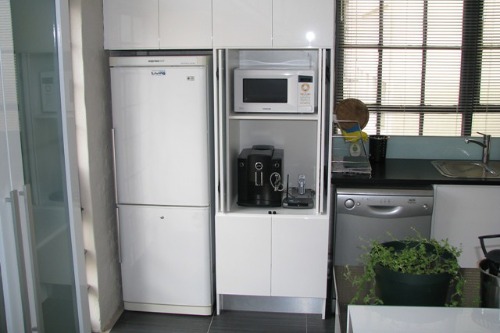
Shrinking the kitchen saves square footage, but it can make cooking stressful. Counter space is usually minimal, so even basic meal prep feels cramped. Tiny sinks don’t fit pots and pans well, leading to messy workarounds. The frustration builds quickly if you cook often.
Appliance choices are also limited. Mini-fridges, two-burner stoves, and tiny ovens can’t handle more than the simplest meals. Cooking for more than one or two people is nearly impossible. While charming in concept, ultra-small kitchens often end up driving people to eat out more.
This post 13 Tiny Home Features That Sound Great but Don’t Work in Real Life was first published on Greenhouse Black.
